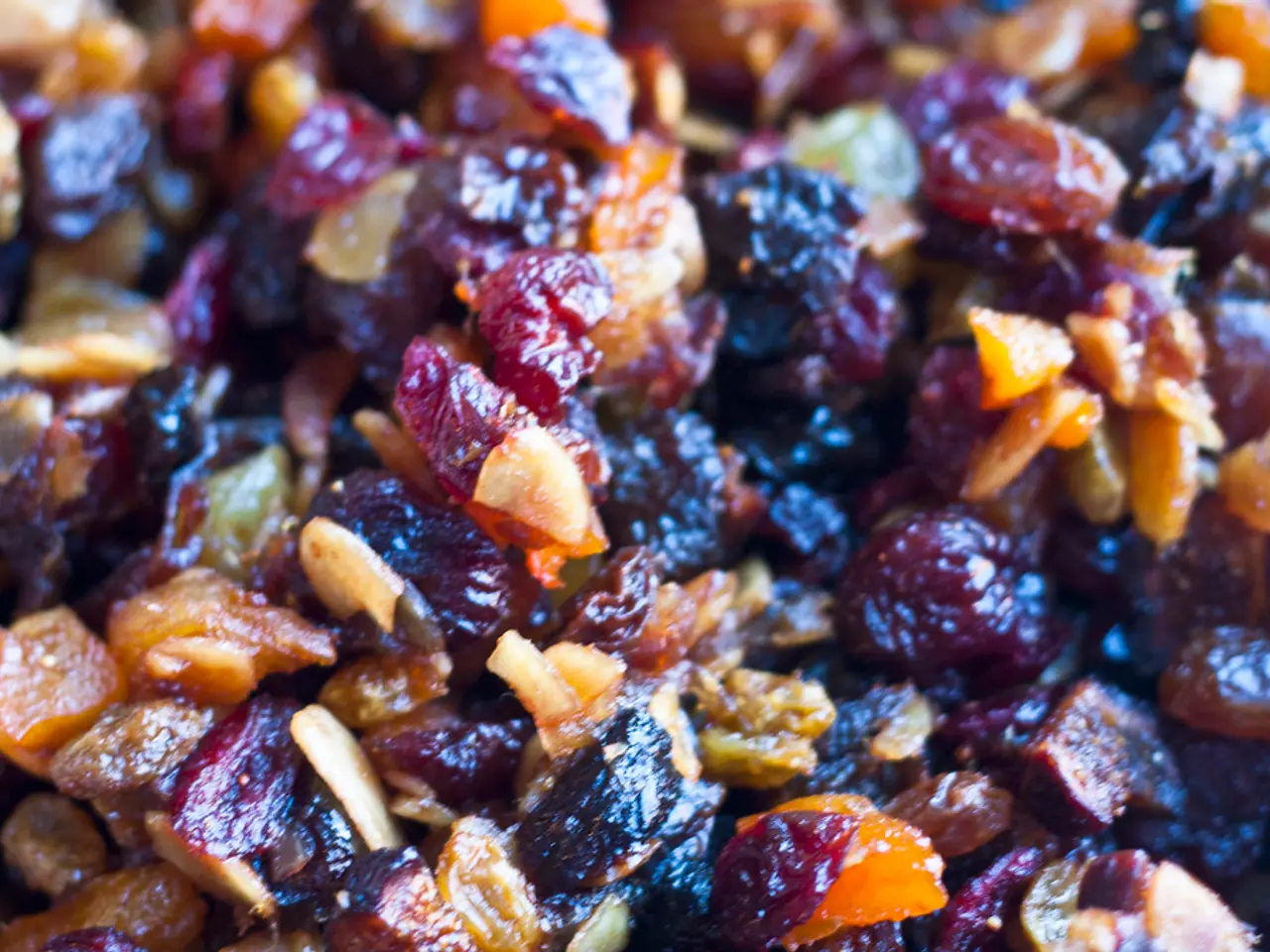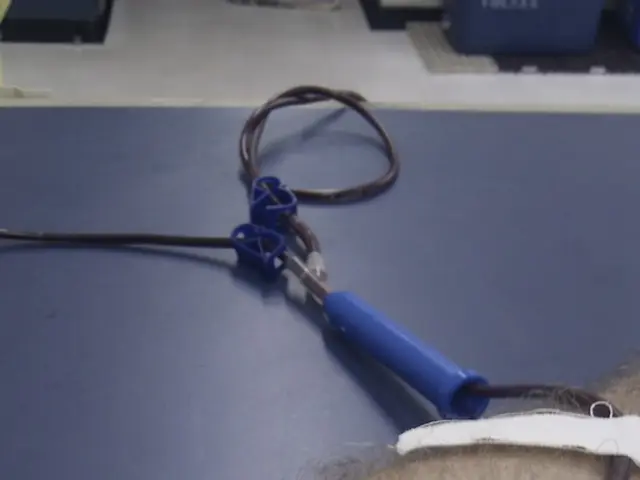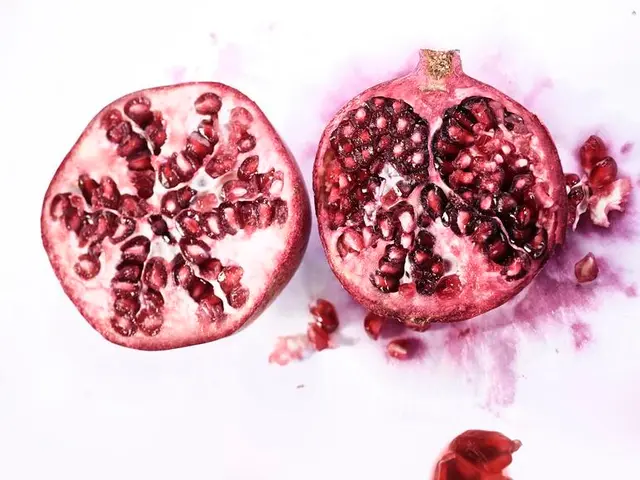Foods that Enhance Ozempic-Induced Weight Loss (Along with Those That Impede It)
In the ongoing pursuit of effective weight loss and diabetes management, the popular medication Ozempic (semaglutide) has proven to be a valuable tool. However, to enhance its effectiveness and help manage side effects, certain dietary choices can be instrumental.
### Embracing Foods that Boost Ozempic's Impact
High-fibre foods, such as leafy greens, carrots, broccoli, spinach, eggplant, bell peppers, apples, berries, oranges, grapes, oats, quinoa, brown rice, whole-wheat pasta, spelt, lentils, black beans, and hummus, should be prioritized. These foods slow digestion and complement Ozempic’s effect of delaying stomach emptying, helping you feel fuller longer and stabilizing blood sugar.
Lean proteins, like chicken, fish (e.g., cod), beef, low-fat cottage cheese, eggs, plant-based proteins such as tofu and lentils, provide sustained energy and support muscle mass while promoting satiety.
Healthy fats, such as those found in avocados, nuts, seeds, and olive oil, offer a steady energy source and aid blood sugar control without causing spikes.
Low-glycemic foods, such as sweet potatoes and non-starchy vegetables, help avoid sudden blood sugar rises.
Hydrating foods and fluids, like soups and water, are essential due to dehydration being a potential side effect of Ozempic.
### Minimizing Foods that May Cause Issues
Processed and fried foods, which are usually high in unhealthy fats, salt, and preservatives, can worsen nausea and may interfere with blood sugar control. Alcohol may decrease one's tolerance, so it's recommended to drink more cautiously while taking Ozempic. Fatty, greasy foods can also upset the stomach when taken with Ozempic.
Refined grains and sugary processed foods, including white bread, white rice, cookies, and muffins, should be reduced or avoided as they can increase risk factors like heart disease, high blood pressure, and worsen blood sugar control. Spicy foods can make the side effects of Ozempic (nausea) worse due to the medication reducing stomach emptying.
### Additional Dietary Tips
To optimize weight loss and manage side effects, consider eating balanced meals with fiber, protein, and whole grains, eating fiber and protein first to delay carbohydrate absorption and prevent blood sugar spikes. Maintaining a consistent meal schedule rather than eating only by hunger cues can help manage side effects and maximize weight loss.
Incorporating apple cider vinegar (ACV) in recipes like ACV-baked cod may enhance fat burning alongside Ozempic, although more research is needed in this area.
In summary, prioritizing whole, minimally processed foods rich in fiber, lean protein, and healthy fats, while avoiding high-fat fried foods and refined carbohydrates, will best support managing diabetes and optimizing weight loss with Ozempic.
- Incorporating high-fibre foods like leafy greens, carrots, and hummus can boost Ozempic's impact as they slow digestion and help delay stomach emptying, promoting feelings of fullness and stabilizing blood sugar.
- Lean proteins such as chicken, fish, tofu, and lentils should be prioritized for sustained energy, muscle support, and satiety.
- Healthy fats found in avocados, nuts, seeds, and olive oil offer a steady energy source, aid in blood sugar control, and reduce the risk of spikes.
- Low-glycemic foods, such as sweet potatoes and non-starchy vegetables, help maintain stable blood sugar levels and prevent sudden rises.
- It's essential to stay hydrated while taking Ozempic, as hydrating foods like soups and water can help combat potential dehydration caused by the medication.







